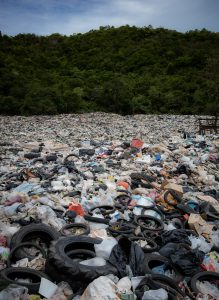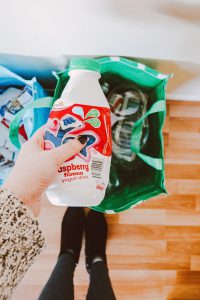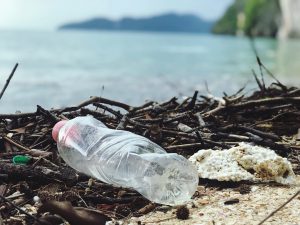Happy America Recycles Day! November 15th comes around once a year as a reminder to reduce our waste by reusing what we have. Our

waste management habits are only getting worse by the year, and it’s already taking its toll on our planet. Recycling programs are an easy solution, but not many people know the facts behind the industry.
When people think of recycling, images of plastics, drop off centers, or symbols on the bottom of glass bottles come up. While those are helpful thoughts, there’s much more to the process that we need to focus on. To be of better help, we need to understand more of what happens, what’s wrong, and the effects.
What Recycling Is
In essence, it’s breaking down used products (like car batteries or plastic bags) and turning them into raw materials. This is the formal industry, but you can consider composting a home-based part.
Citizens or plant workers collect items like those mentioned either from curbside bins, programs, or drop off centers. Then, they sort the items and clean them at a processing plant. The easiest items are plastic because they only need to be melted and reformed. Others, like metal, are usually in more complex products and require more energy.
The newly recycled materials are then reused in our manufacturing process. This involves being sold in bulk to factories or made available to the public. Even artists purchase these materials to create. While it seems like a solid process, many factors hinder its efficiency.
Why It Is Hampered
Many cities have recycling plants in place, but not to the degree that we need them, nor are people taught how to properly recycle. We know that it should be done, but most bins in public are just blue or labeled with an “R.” This results in people throwing anything into them that looks like it should be recycled. However, some areas, even entire cities, don’t have the proper facilities to process certain items, resulting in a huge amount of waste. If we don’t curb it, the whole system will come tumbling down. This means better labeling on our blue bins per locale.
Also with labeling, the triangular symbols, while useful, aren’t widespread knowledge. Here are some common ones and how to read them:

- PET or PETE are found on common plastics. These are on easily disposable items as bins that accept this type are commonplace.
- HDPE is the opaque type of plastic found in milk jugs, cereal bags, or shampoo bottles.
- 1-7 (usually inside a triangle of arrows) is signaling which resin type was used for the product. Process these numbered items together: 1’s with 1’s and 7’s with 7’s
- A Check with a Tree plus FSC means the product contains wood.
- ALU in a circle means aluminum.
- A picture of someone disposing of a bottle means the product is glass and should be recycled in a specific bin for glass.
These are only a few label types. With so many, it makes the process confusing for the average person. It really bogs down an industry where the individual has to wash, sort, and separate their used materials. If we established a better sorting process in the actual plants, we could install a more general recycling area, encouraging more people to participate. This can be extended to a neighborhood program, providing community-building experiences and ways to meet new people.
Positive Benefits of Recycling
So, we know what is wrong with the process, but why is it important that we fix it?

The most obvious reasons are environmental:
- Protects trees (like the rainforest)
- Reduces fossil fuel usage
- Reduces waste
- Saves landfill space
- Conserves resources such as water, wood, and oil
But there are also economic impacts like:
- Generating more job opportunities
- Creating resources for trade
- In the U.S., creating revenue up to $200 billion
As we can see, the benefits outweigh the supposed costs of changing the industry. Because, yes, it will cost some to change its infrastructure. However, the benefits come with keeping our home cleaner, preserving our resources, and putting less toxic substances into the ground. On the individual level, there is unfortunately not much we can do except vote for representatives that will affect change. Of course, you can also make greener choices in general like opting for Veganism. We’re making a trade of capital for keeping the planet habitable. We can live without money, but we can’t live without an atmosphere.